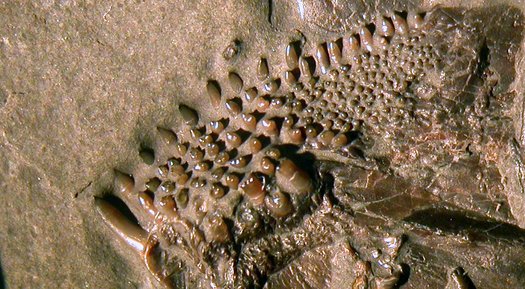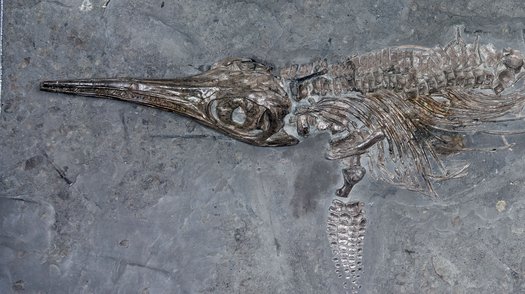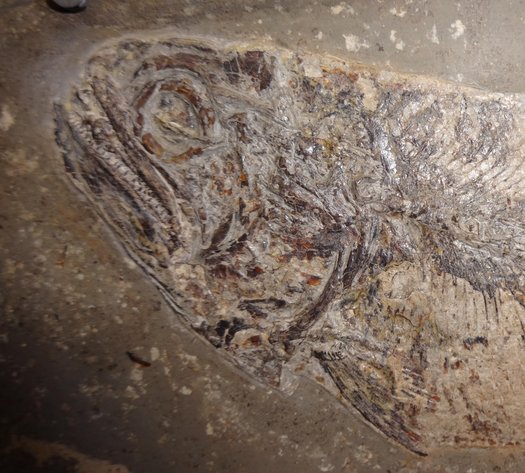Forschungsprofil
Meine Forschungsinteressen orientieren sich an folgenden Fragen: Gibt es einen Zusammenhang zwischen innerartlicher Variation und der Richtung der Evolution? Was können wir über die Ontogenese ausgestorbener Arten herausbekommen? Welche abiotischen Faktoren spielen bei der Variation eine Rolle, vor allem meristischer (die Anzahl von Elementen betreffend)? Gegenwärtig untersuche ich marine Wirbeltiere aus dem süddeutschen Unterjura auf diese Fragen.



